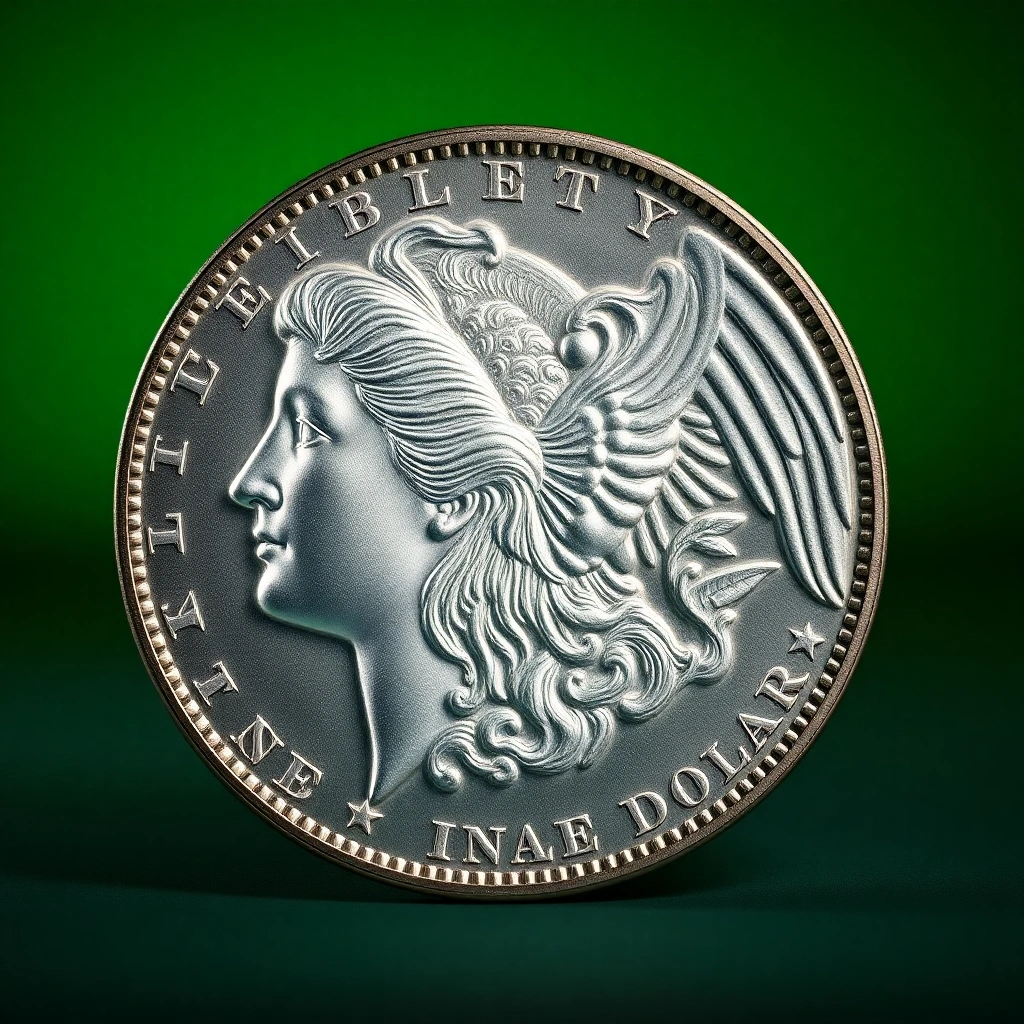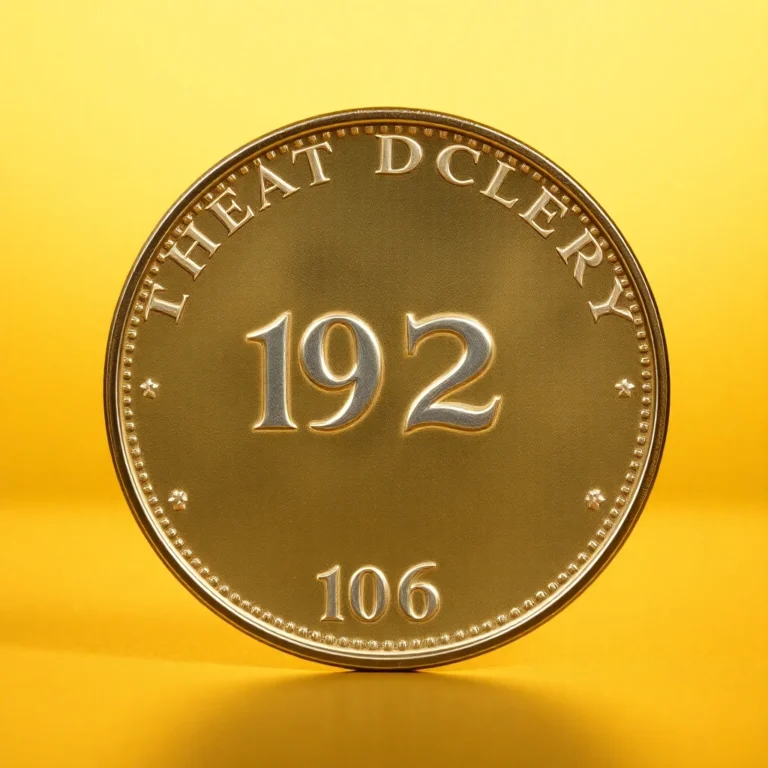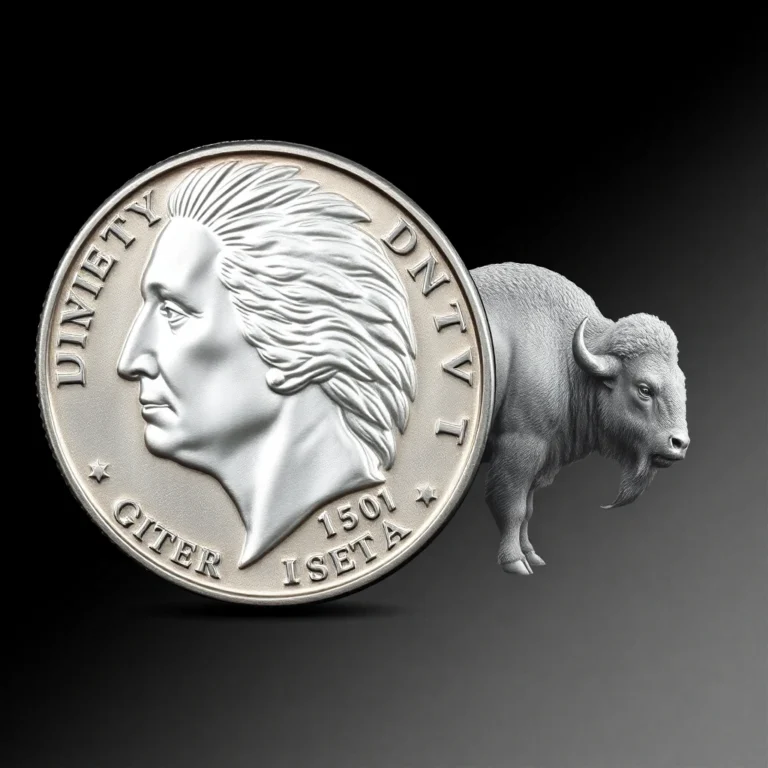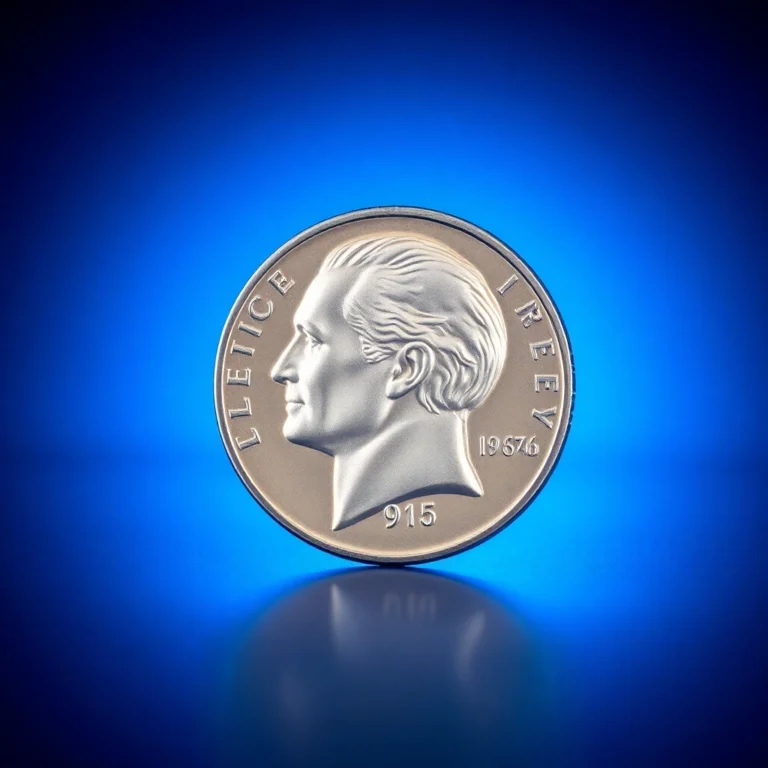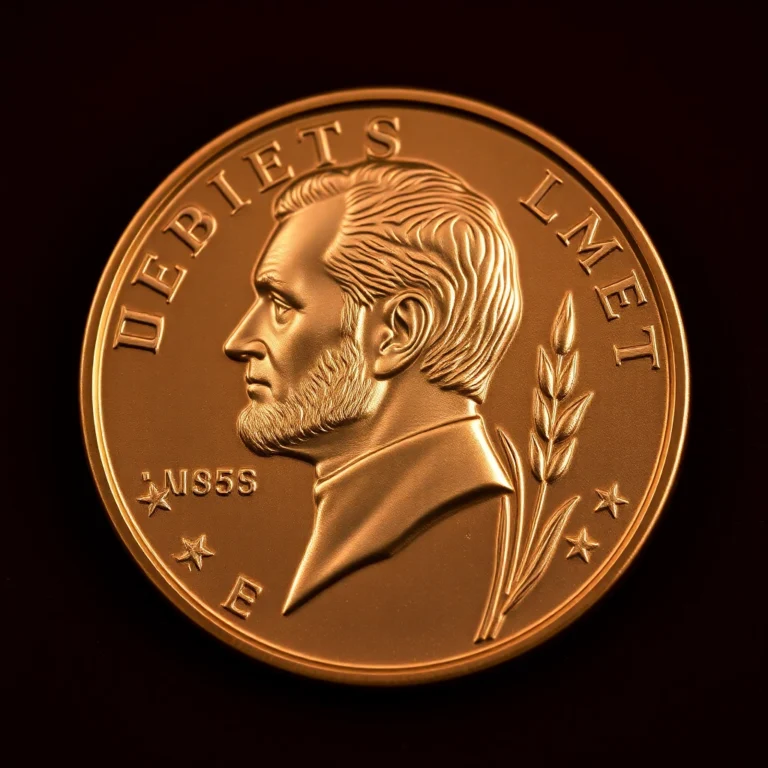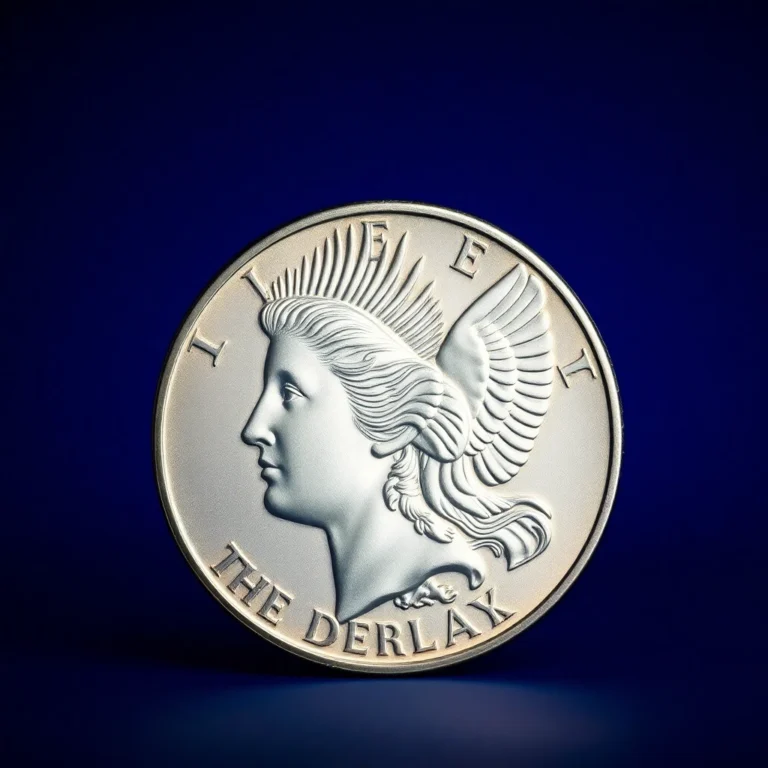Imagine holding a piece of history that embodies the hope for peace after one of the most turbulent times in world history. The Peace Dollar, introduced in 1921, is more than just a coin—it’s a symbol of a nation’s yearning for tranquility following the Great War. For collectors, these coins offer a tangible connection to the past, bridging the gap between the storied Morgan Silver Dollars of the 19th century and the modern era.
Delving into the transition from the Morgan Silver Dollar to the Peace Dollar unveils a fascinating tale of design evolution, economic shifts, and historical significance. Collectors value these coins not only for their silver content but also for the narratives they encapsulate. In this article, you’ll discover the intriguing backstory of the Peace Dollar’s creation, its artistic elements, and the historical context that made its issuance necessary.
As you embark on this journey, prepare to uncover the hidden treasures and rare varieties that lie within the Peace Dollar series. Could you possess one of the elusive key dates or a highly sought-after mint mark? Let’s explore the legacy and allure of these remarkable coins together.
The Fascinating History of Peace Dollars and Their Transition From Morgan Silver Dollars
Peace Dollars, minted from 1921 to 1935, symbolize America’s post-World War I era, encapsulating a time of hope and prosperity. These dollars succeeded the iconic Morgan Silver Dollars, which were produced from 1878 to 1904 and briefly in 1921. This transition marked a significant shift in American numismatics, reflecting changing national sentiments and artistic trends. Let’s explore this fascinating journey from the Morgan to the Peace Dollars, highlighting their historical significance, design elements, and current market values. 🪙
Historical Background and Significance
The Morgan Silver Dollar, designed by George T. Morgan, was a staple of American currency, celebrated for its intricate design and representation of Liberty. However, as the nation emerged from the Great War, there was a desire for a coin that represented peace and recovery. The Peace Dollar was conceived to commemorate the end of World War I and the peace that followed. Designed by Anthony de Francisci, the Peace Dollar featured a youthful Lady Liberty and an eagle at rest, embodying the nation’s hopeful outlook. 🇺🇸
Physical Characteristics and Design
The Peace Dollar is composed of 90% silver and 10% copper, with a diameter of 38.1 mm and a weight of 26.73 grams. Its obverse features a radiant Lady Liberty with flowing hair, and the reverse depicts a perched eagle clutching an olive branch, symbolizing peace. This design was a departure from the Morgan Dollar’s more robust and detailed imagery, favoring a softer, modern aesthetic. 🌿🦅
Mintage Figures and Rarity
Peace Dollars were minted at three facilities: Philadelphia, Denver, and San Francisco. Some years, such as 1921 and 1928, have lower mintages, making them particularly sought after by collectors. The 1928 Peace Dollar, minted in Philadelphia, is especially rare and valuable, often fetching premium prices in the market. Here are the mintage figures for key years:
| Year | Mintage |
|---|---|
| 1921 | 1,006,473 |
| 1928 | 360,649 |
| 1934 | 954,057 |
| 1935 | 1,576,000 |
Known Varieties or Errors
Several varieties and errors exist within the Peace Dollar series, adding intrigue for collectors. Notable varieties include the 1922 High Relief and the 1934 Double Die Reverse. Errors such as die cracks and planchet flaws also contribute to their uniqueness and value. 🔍
Value Information
The value of a Peace Dollar can vary significantly based on its condition, rarity, and demand. Below is a general guide to the current market values by grade:
| Grade | Value Range |
|---|---|
| Good (G-4) | $30-$50 |
| Very Good (VG-8) | $35-$55 |
| Fine (F-12) | $40-$60 |
| Very Fine (VF-20) | $45-$70 |
| Extremely Fine (EF-40) | $60-$100 |
| About Uncirculated (AU-50) | $80-$150 |
| Mint State (MS-60) | $120-$250 |
| Gem Mint State (MS-65) | $300-$1,500 |
Authentication Tips
Authenticating Peace Dollars requires careful examination. Look for defined details in Liberty’s hair and the eagle’s feathers. Genuine coins will have a sharp strike, clear mint marks, and consistent weight and dimensions. Beware of altered or counterfeit coins, which often have irregular surfaces or incorrect metallic content. Use a magnifying glass to inspect for authenticity. 🕵️♂️
The transition from Morgan Silver Dollars to Peace Dollars was more than a change in design; it was a reflection of America’s evolving identity and aspirations. Whether you’re a seasoned collector or a novice, understanding the history and nuances of Peace Dollars enriches the collecting experience. Happy collecting! 🏆
FAQs
What factors affect the value and grading of Peace Dollars?
The value of Peace Dollars is influenced by factors such as their mint year, mint mark, overall condition, and rarity. Coins are graded on a scale from 1 to 70 by professional grading services, with higher grades indicating better preservation and greater value. Key dates, such as the 1921 and 1928 Peace Dollars, are particularly sought after by collectors.
How can I authenticate a Peace Dollar to ensure it is genuine?
To authenticate a Peace Dollar, examine its weight, diameter, and thickness against known standards. Genuine Peace Dollars should weigh about 26.73 grams and have a diameter of 38.1 mm. Look for clear and consistent details in the design, as counterfeits often exhibit blurred features. It’s advisable to consult a professional numismatist or use third-party grading services for reliable authentication.
What advice do you have for new collectors interested in Peace Dollars?
New collectors should start by acquiring common dates in good condition to familiarize themselves with the series. It’s helpful to invest in a numismatic reference book and consider joining a coin club or online forum. Building a collection with a focus, such as date sets or mint mark variations, can make collecting more rewarding and educational.
Why are Peace Dollars historically significant?
Peace Dollars hold historical significance as they commemorate the end of World War I and symbolize peace. Minted from 1921 to 1935, these coins reflect American sentiment during the post-war era. They succeeded the Morgan Silver Dollars, marking a transition in U.S. coinage design and serving as a reminder of the nation’s hope for lasting peace.
What are some common varieties or errors found in Peace Dollars?
Some notable varieties and errors in Peace Dollars include the 1922 High Relief, which was quickly changed due to production difficulties, and the 1934 Double Die Obverse, where doubling is visible on the date and lettering. Collectors also seek out coins with mint mark variations, such as the 1928-S, adding to the intrigue and challenge of collecting this series.
